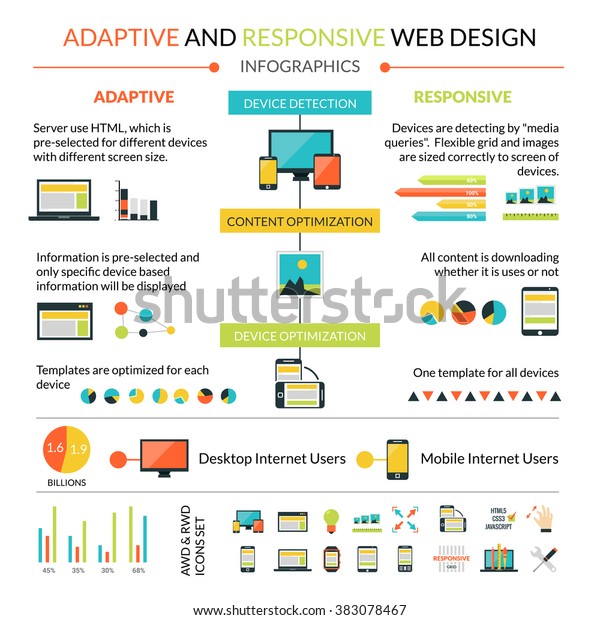Keen To Find How Internet Site Style Has Changed Over Time? Dive Into The Evolution From Simpleness To User-Focused Experiences.
Keen To Find How Internet Site Style Has Changed Over Time? Dive Into The Evolution From Simpleness To User-Focused Experiences.
Blog Article
Web Content Author-Carstens Harding
In the past, websites were easy and focused on information. Navigating was straight, and design was for desktops. Currently, customer experience is key. web design for small businesses guides designs for easy navigation. Responsive layouts suit different devices. Today, dark setting decreases strain, and minimalist menus boost navigation. Interactive features engage users, and vibrant visuals attract attention. AI combination enhances interaction. See how layout has actually advanced to boost your on the internet trip.
Early Days of Website Design
In the early days of website design, simplicity preponderated. Websites were basic, with limited colors, typefaces, and designs. The emphasis got on supplying details instead of showy visuals. Users accessed the web with sluggish dial-up connections, so speed and performance were essential.
Navigating food selections were straightforward, commonly located at the top or side of the web page. Web sites were made for computer, as mobile browsing had not been yet prevalent. Material was king, and developers prioritized simple readability over intricate layout components.
HTML was the main coding language made use of, and developers had to function within its constraints. Animations and interactive features were very little compared to today's criteria. Websites were fixed, with little dynamic content or customized individual experiences.
Rise of User-Focused Layout
With the development of internet site design, a change in the direction of user-focused layout concepts has become increasingly noticeable. https://website-marketing-tools27161.dsiblogger.com/62715429/open-the-secrets-of-social-media-site-advertising-proven-approaches-for-success , developing web sites that focus on user experience is vital for engaging site visitors and attaining company objectives. User-focused layout involves recognizing the needs, preferences, and behaviors of your target audience to tailor the website's format, content, and features as necessary.
Developers currently conduct thorough research, such as individual studies and use screening, to collect understandings and feedback straight from customers. This data-driven strategy helps in creating intuitive navigation, clear calls-to-action, and aesthetically appealing interfaces that resonate with site visitors. By placing https://www.forbes.com/sites/forbesagencycouncil/2022/04/19/five-tips-for-seo-agencies-on-setting-expectations-with-their-clients/ at the center of the style process, websites can supply a more customized and delightful experience.
Responsive layout has actually likewise become an essential element of user-focused style, guaranteeing that internet sites are optimized for different gadgets and display dimensions. This flexibility enhances availability and functionality, catering to the varied ways customers connect with websites today. In essence, the surge of user-focused layout represents a change towards creating electronic experiences that focus on the requirements and assumptions of the end customer.
Modern Trends in Website Design
Check out the most up to date fads forming web design today. One prominent pattern is dark setting design, offering a smooth and contemporary look while lowering eye strain in low-light atmospheres. One more essential pattern is minimal navigating, streamlining food selections and improving user experience by focusing on essential elements. Incorporating micro-interactions, such as computer animated buttons or scrolling results, can develop a more engaging and interactive website. Receptive layout stays essential, ensuring seamless individual experiences throughout different devices. Additionally, using strong typography and unbalanced layouts can add visual rate of interest and draw attention to certain content.
Incorporating AI innovation, like chatbots for customer assistance or tailored referrals, boosts customer involvement and streamlines processes. Ease of access has likewise come to be a considerable pattern, with developers prioritizing inclusive layout techniques to cater to diverse customer requirements. Accepting sustainability by maximizing web site efficiency for rate and efficiency is another emerging fad in website design. Working together with customer feedback and information analytics to iterate and improve design continually is essential for staying appropriate in the ever-evolving digital landscape. By accepting these modern fads, you can produce a visually appealing, user-friendly web site that reverberates with your target market.
Final thought
As you reflect on the advancement of web site design from the early days to currently, you can see just how user-focused layout has ended up being the driving force behind modern trends.
Embrace the journey of modification and adaptation in website design, constantly maintaining the customer experience at the forefront.
Keep current with the most recent patterns and modern technologies, and never ever quit evolving your technique to create aesthetically magnificent and user-friendly websites.
Develop, adapt, and develop - the future of website design is in your hands.
